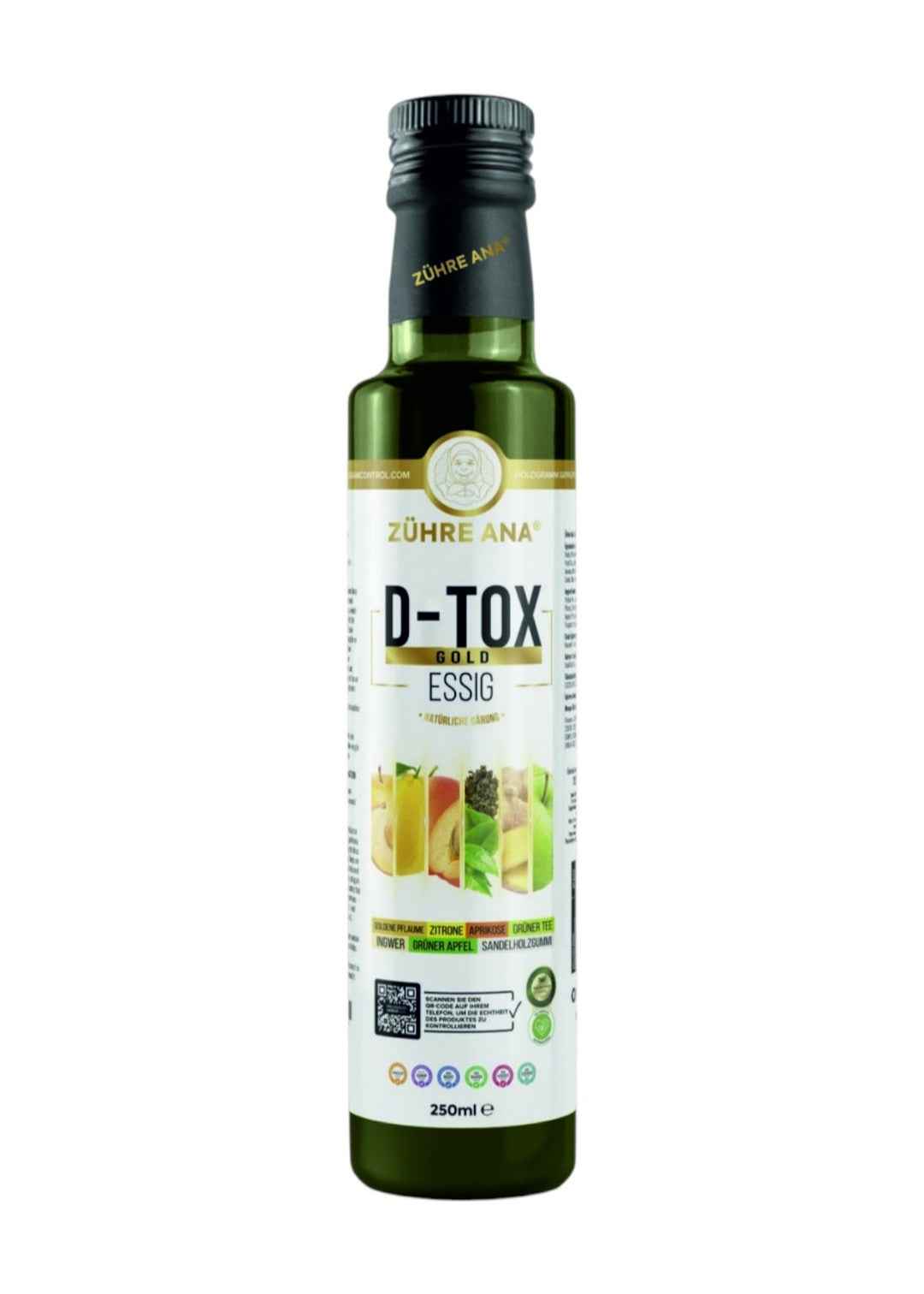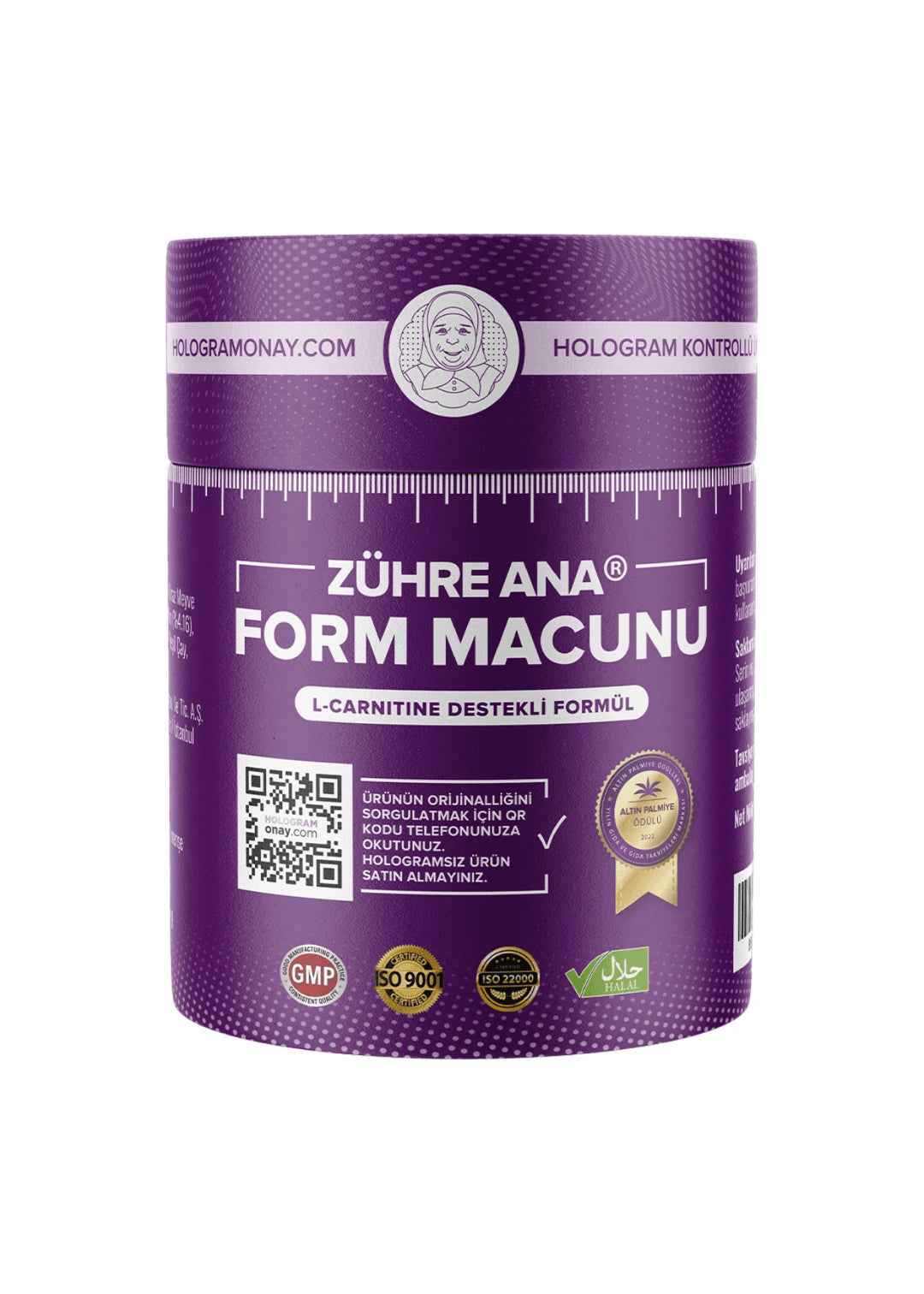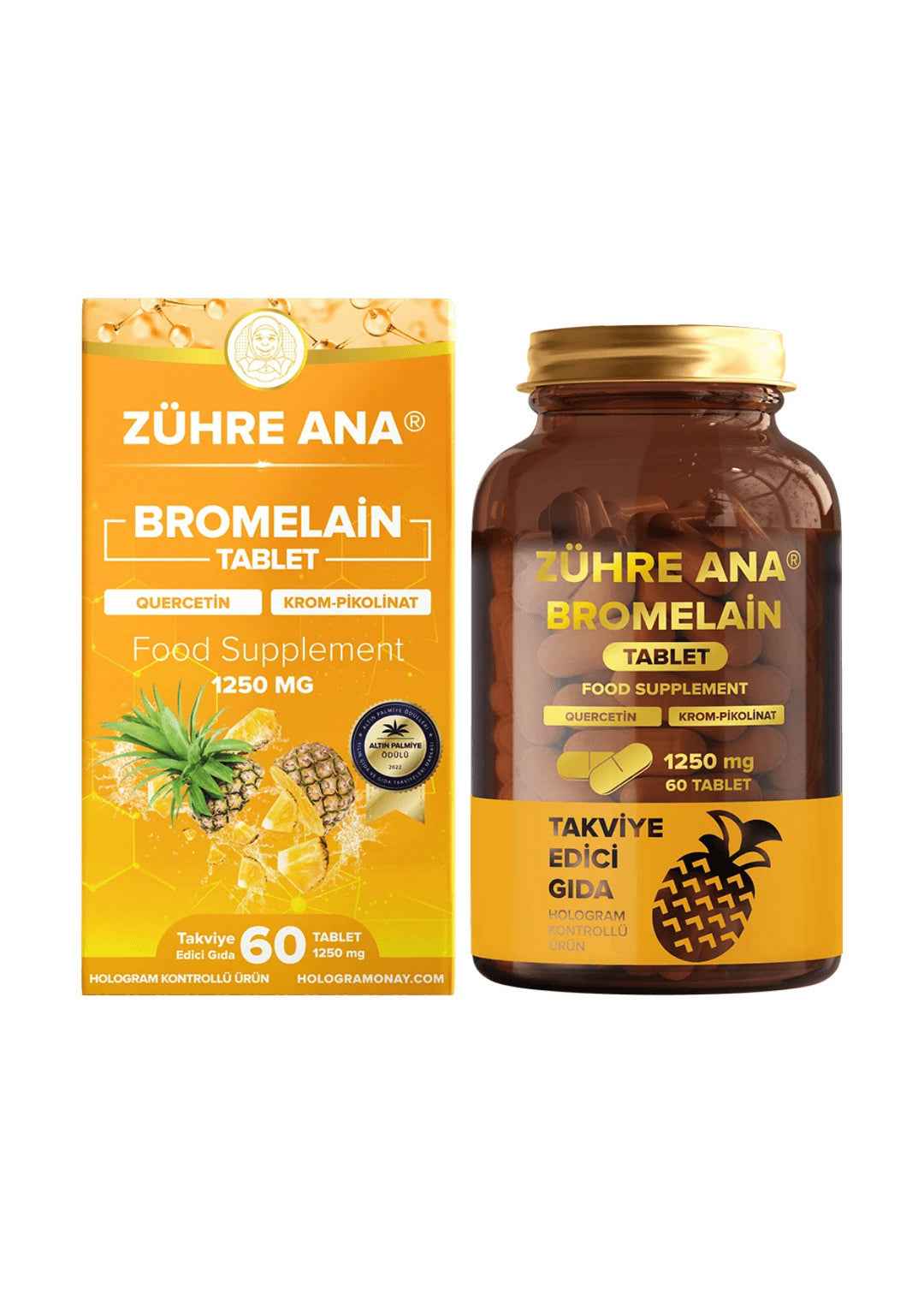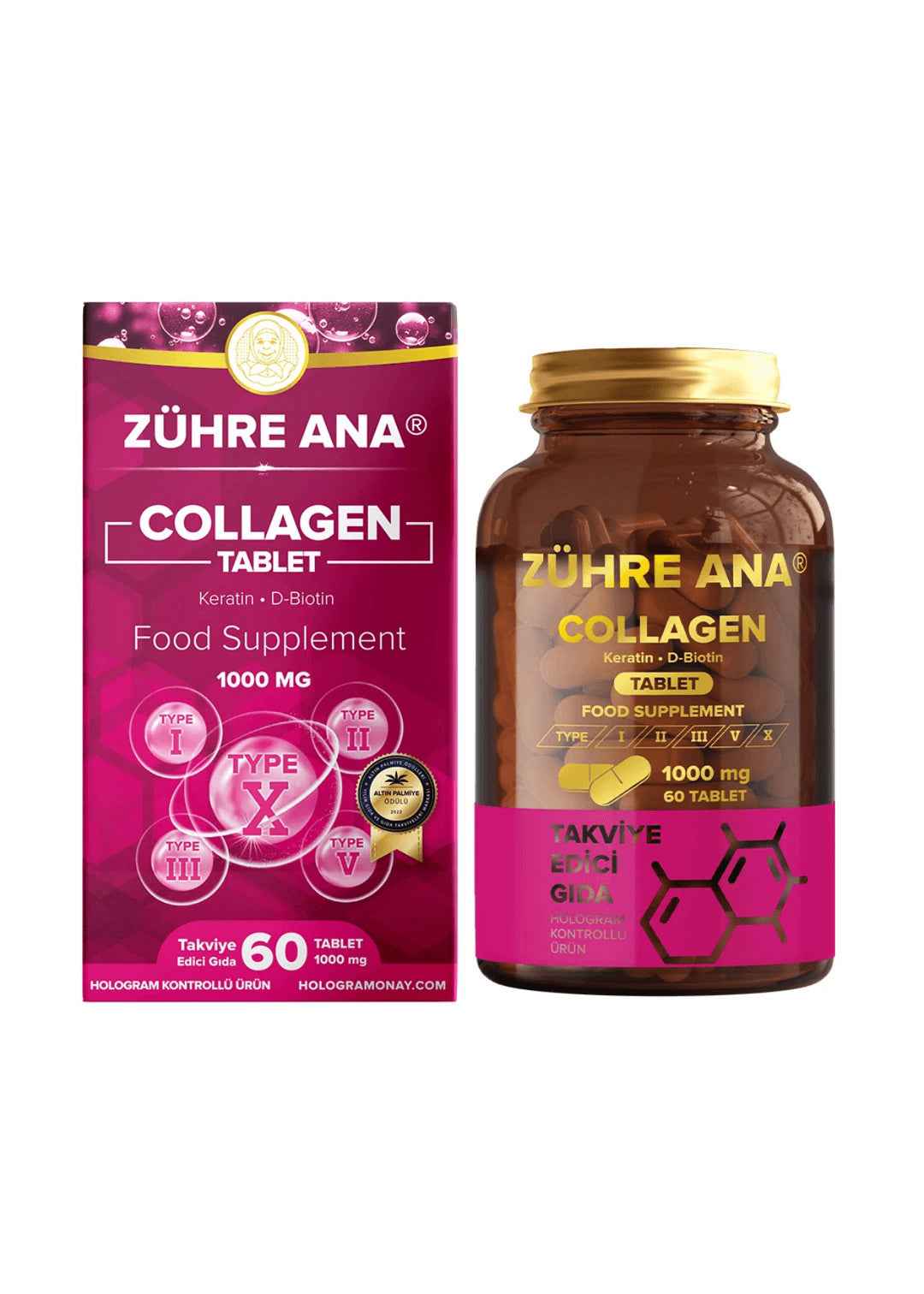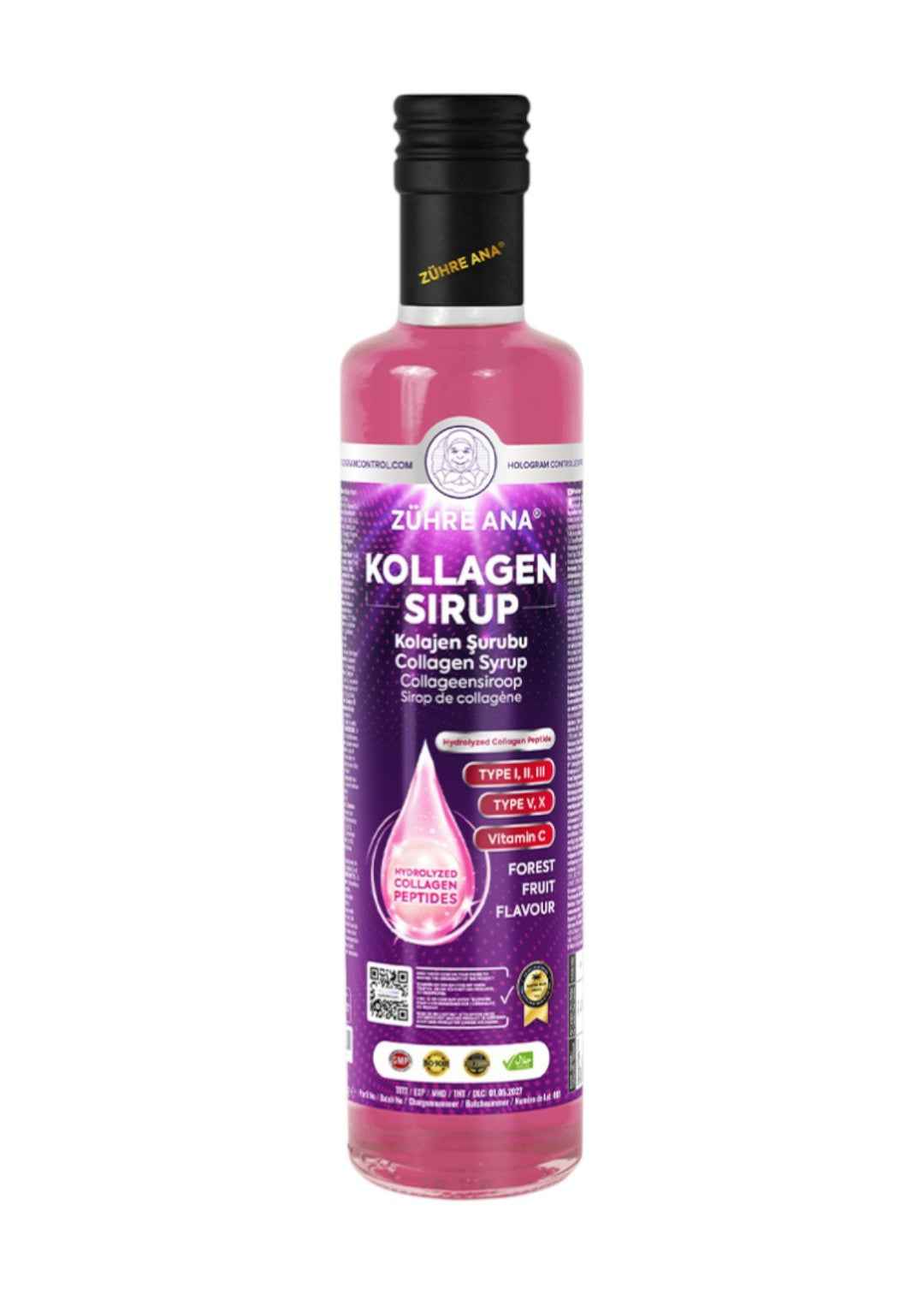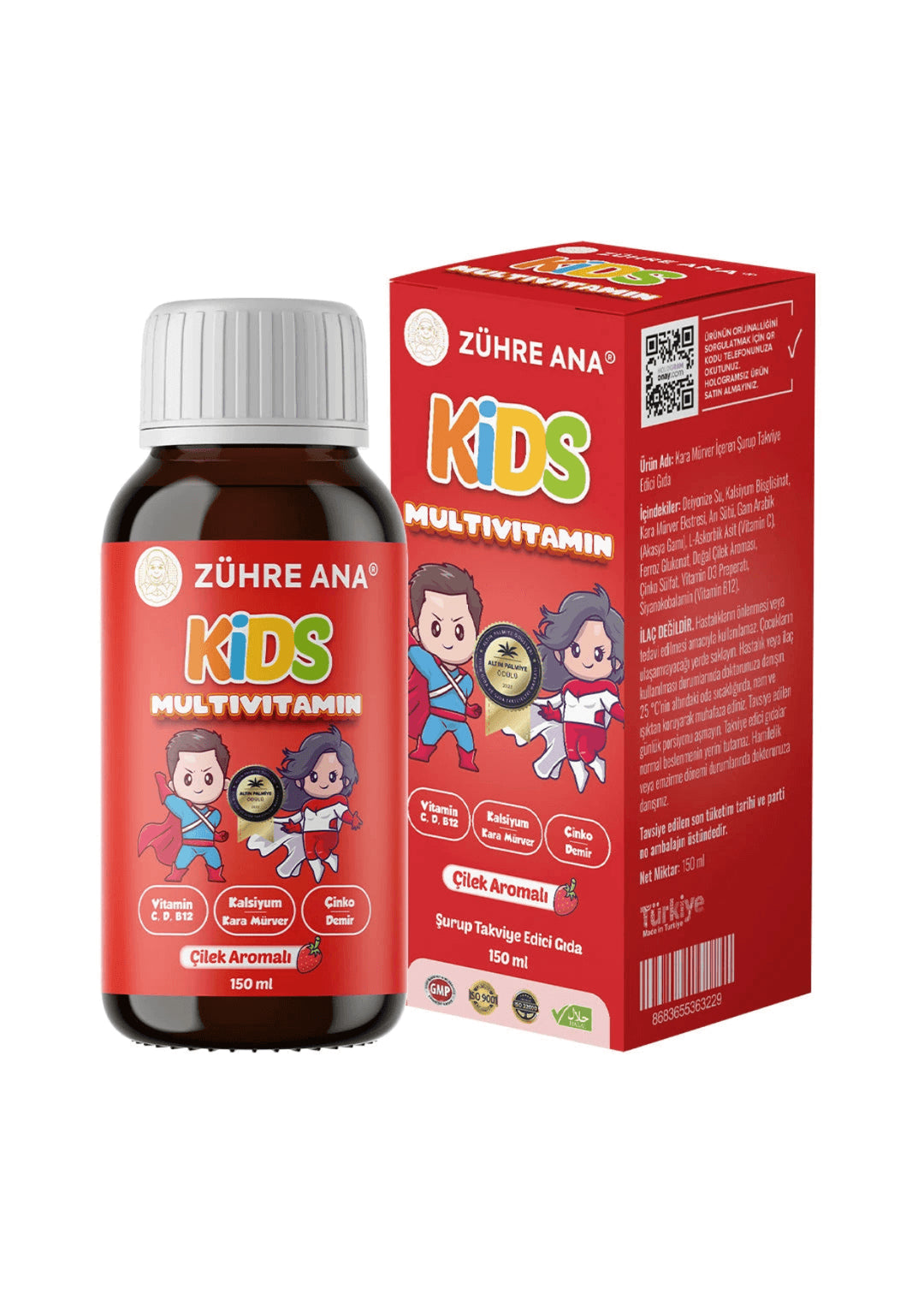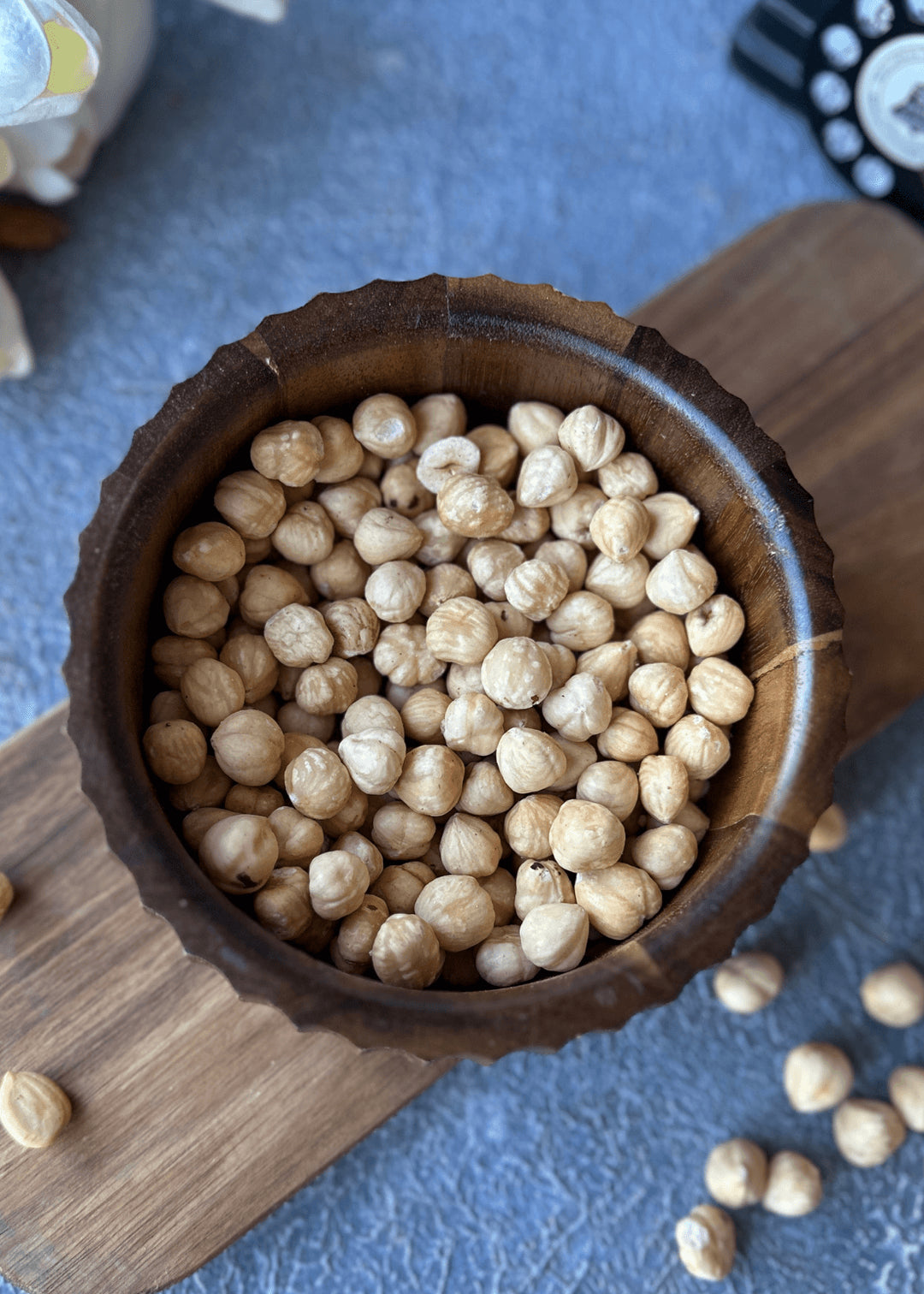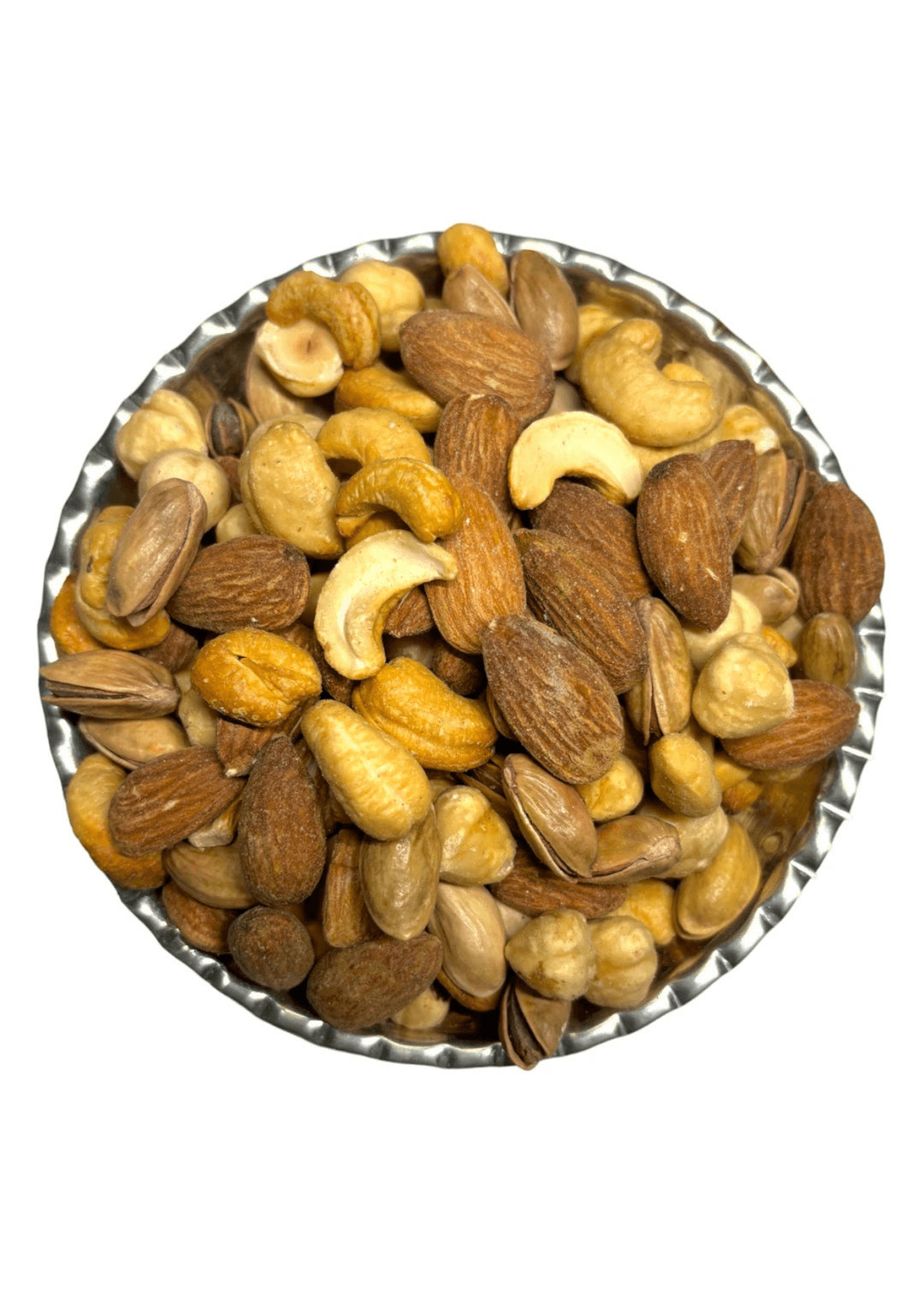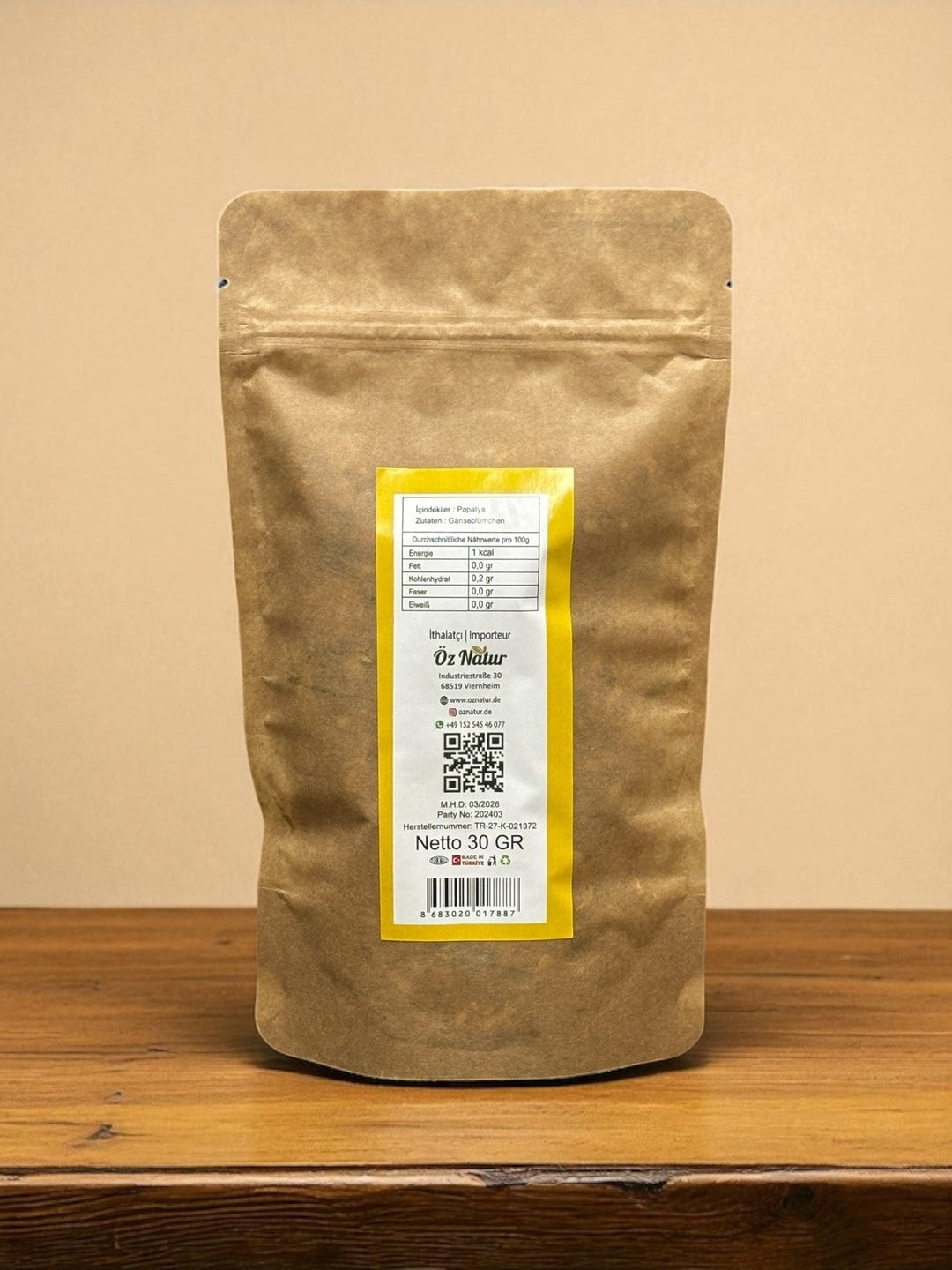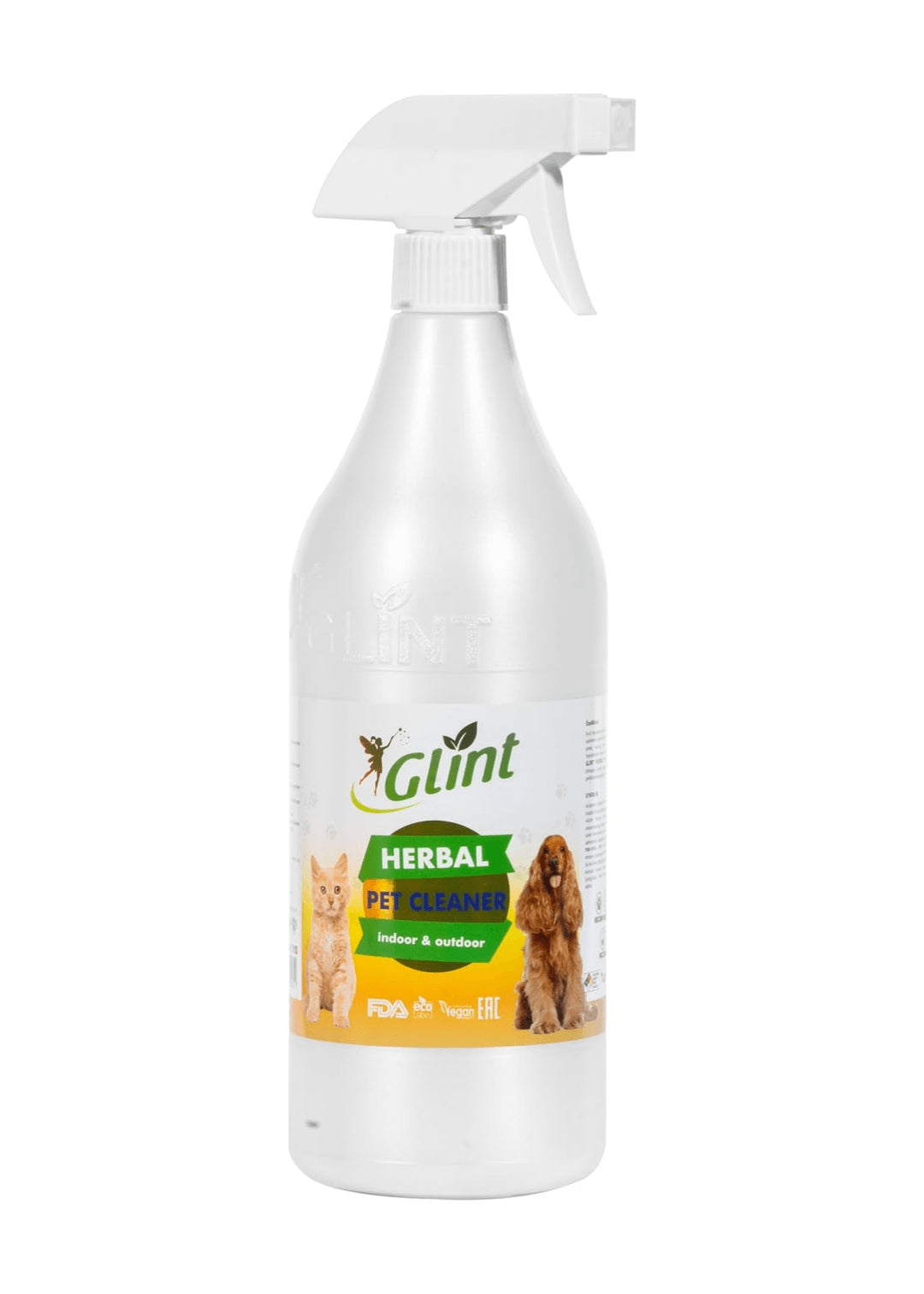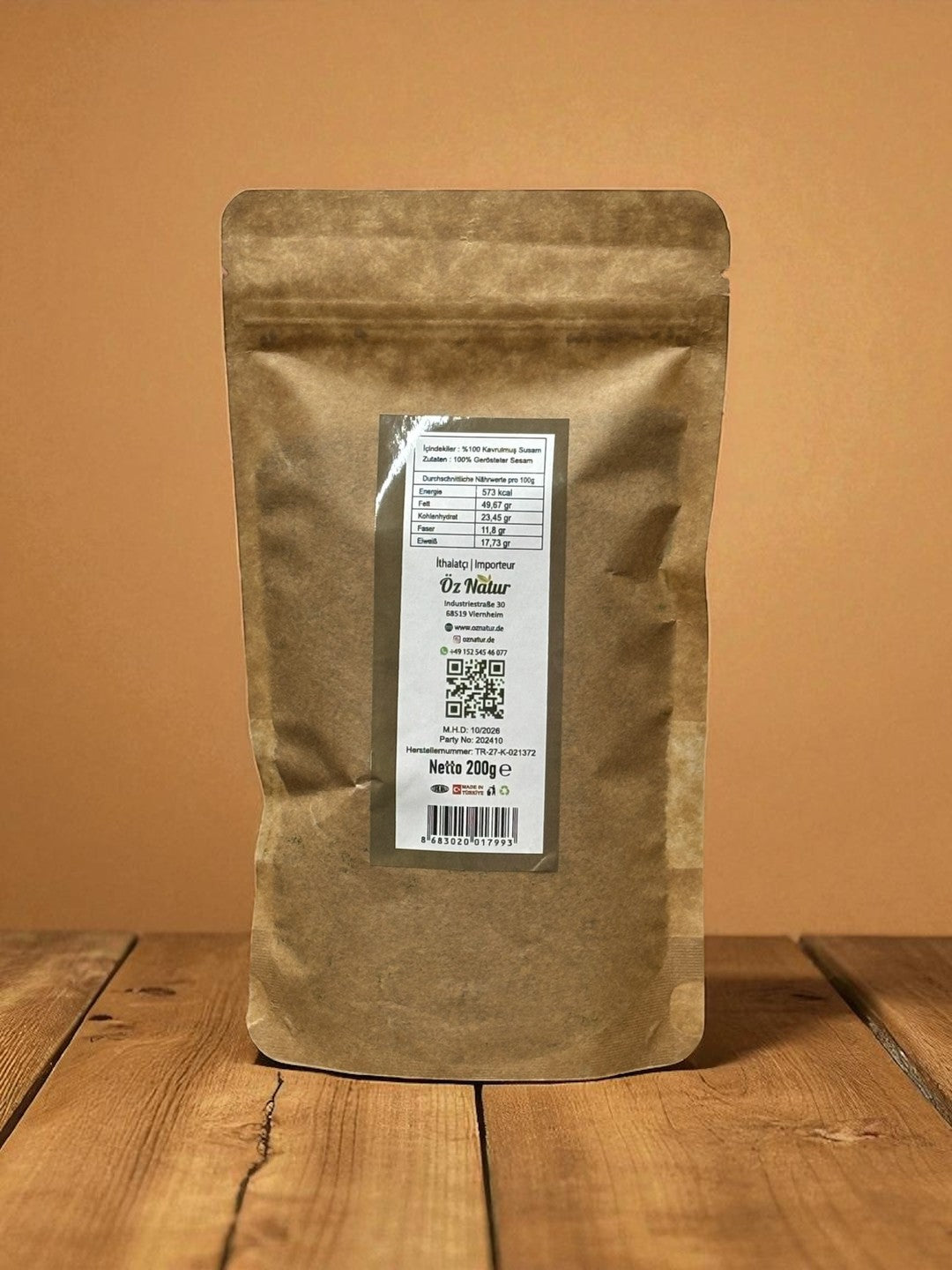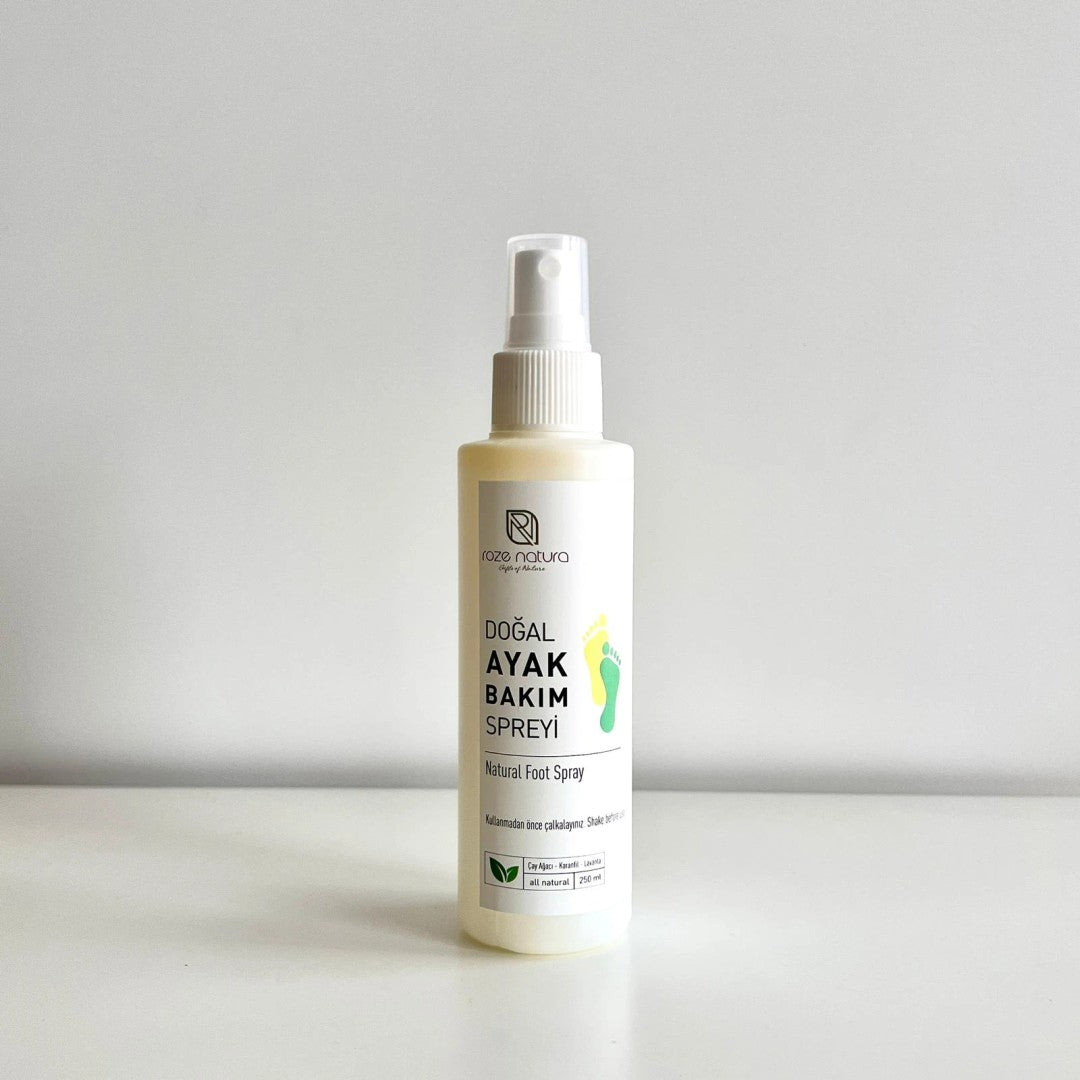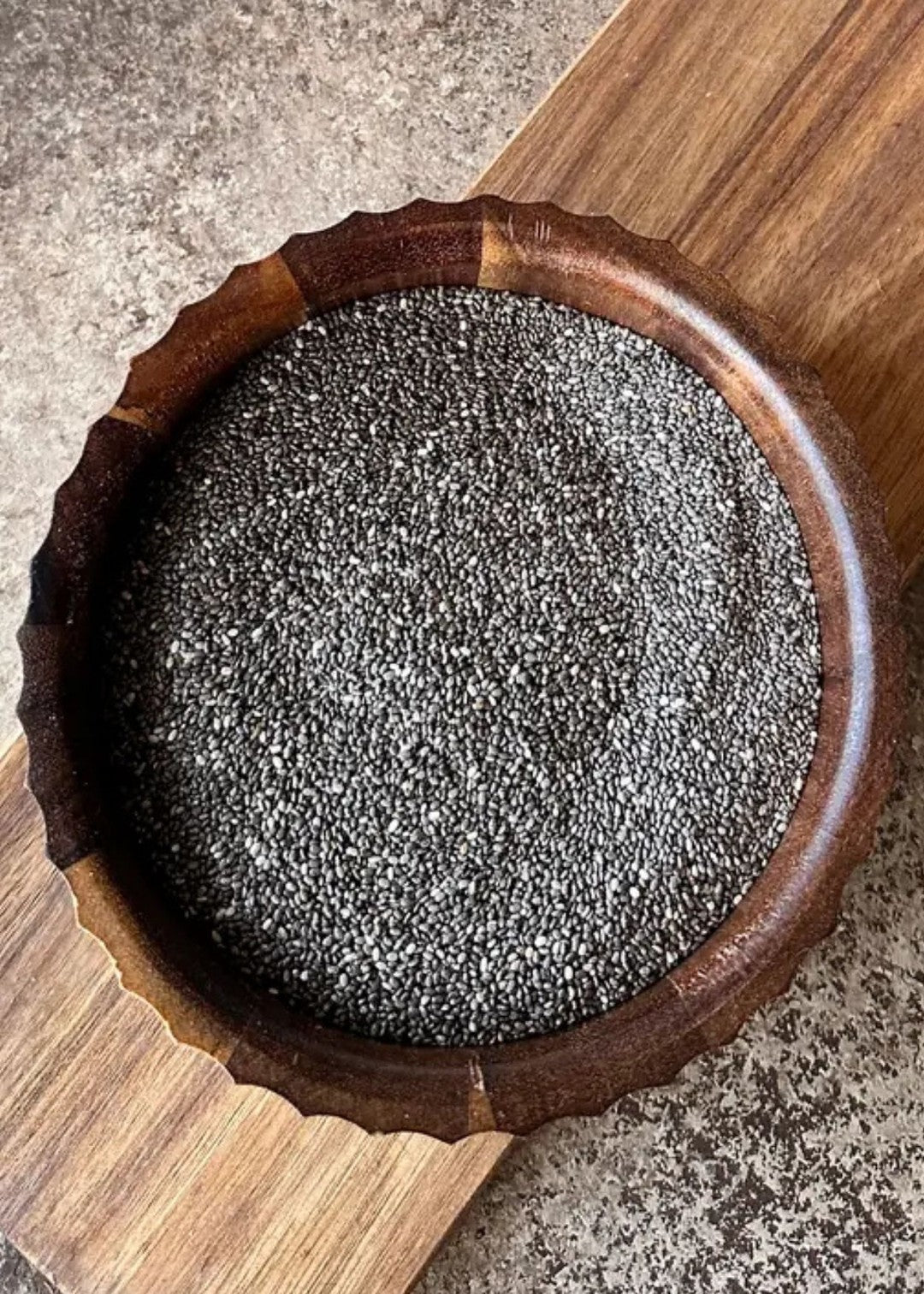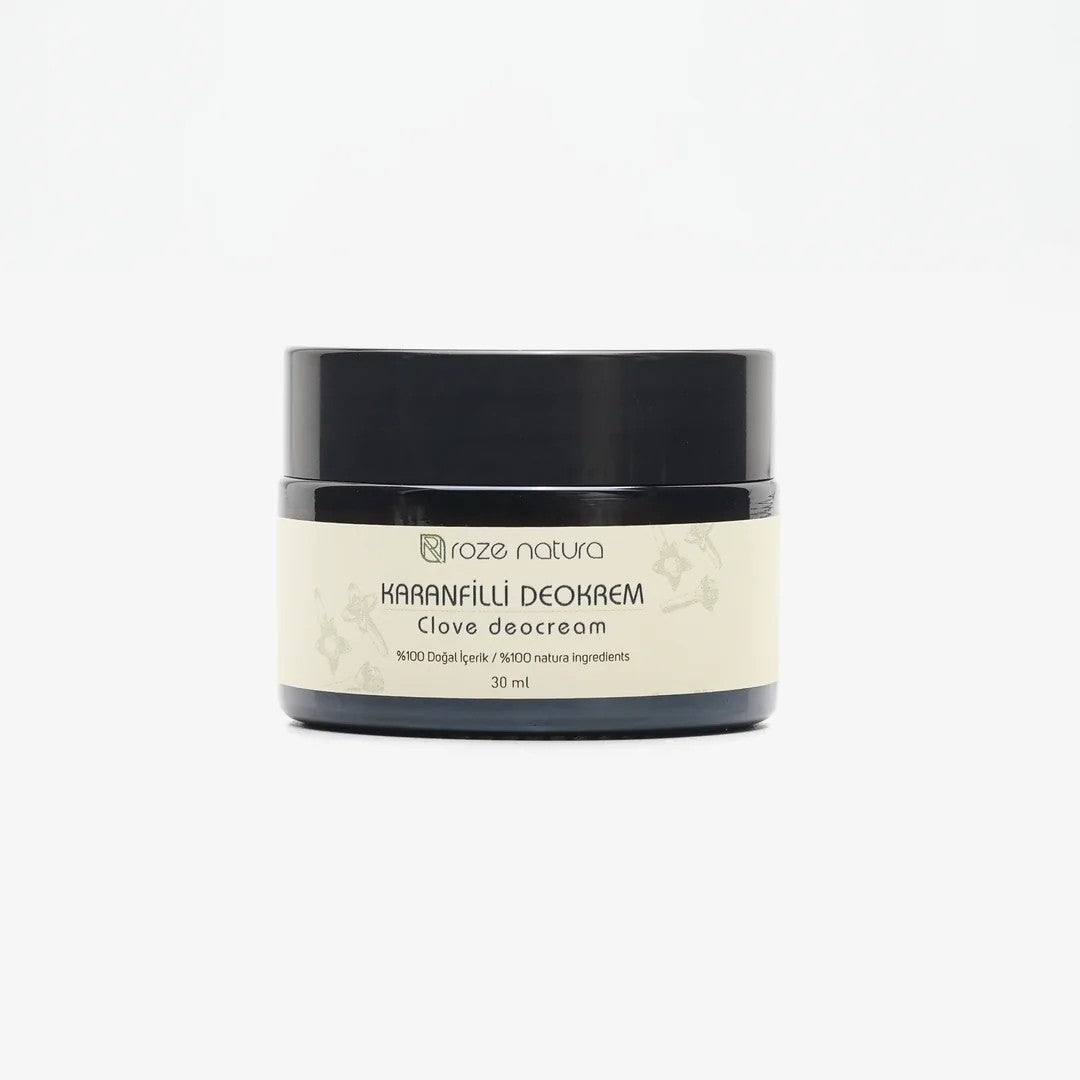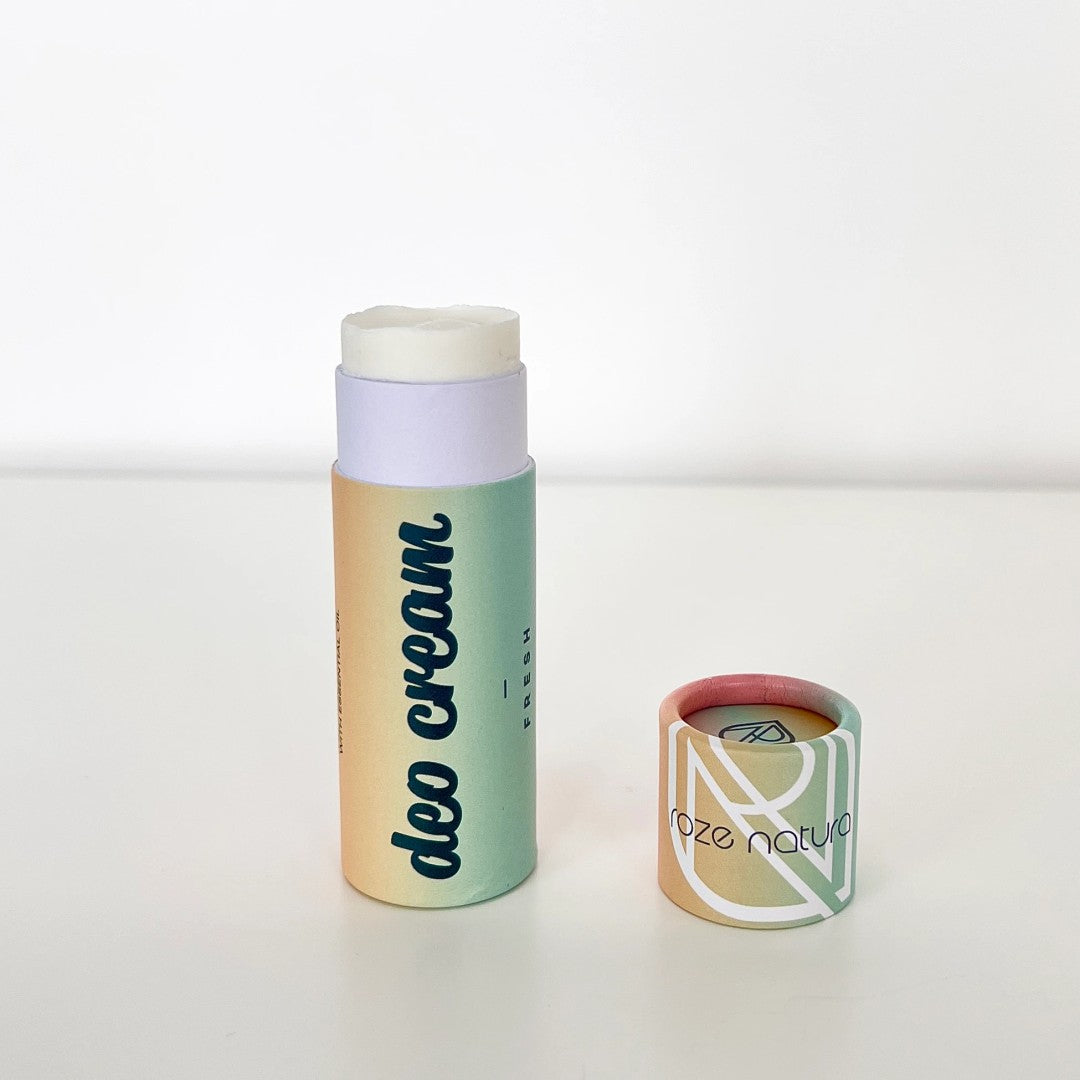PRIMA Celiac (coeliac disease) Home Test
Self-test for the determination of antibodies against deamidated gliadin (anti-DGP), IgA and IgG, in blood for screening for coeliac disease
Contents: 1 test
COELIAC DISEASE AND ANTI-DGP ANTIBODIES
Coeliac disease is a chronic autoimmune disease in which the small intestine becomes inflamed due to the absorption of gliadin: Gliadin is the protein portion of gluten found in various grains (oats, wheat, barley, kamut, spelt, rye, spelt and triticale).
Gliadin is a water-soluble peptide component that acts as a ‘glue’, helps to maintain the shape of food and can pass through the intestinal epithelium. Recent studies have shown that due to the action of transglutaminase, coeliac patients produce specific antibodies against gliadin deamidated peptides (anti-DGP), IgA and IgG, which have a high specificity and sensitivity for coeliac disease and allow high accuracy in disease screening.
WHO IS THE TEST AIMED AT?
CELIAC TEST is useful for anyone who wants to test for a possible gluten intolerance, which then needs to be confirmed by a doctor.
It is particularly useful for people with symptoms attributable to coeliac disease, such as abdominal pain and swelling, chronic diarrhoea, constipation, vomiting, weight loss and irritability, or for those who are genetically familiar with the disease. Even if the above symptoms are absent, the test is useful if there is a deficiency of iron, vitamin B or folic acid, which could indicate an incorrect intake of the necessary nutrients.
TECHNICAL DATA
CELIAC TEST is an immunochromatographic lateral flow device for the detection of anti-DGP antibodies of the IgA and IgG class in whole blood. If antibodies are present in the sample, they react with the deamidated gliadin. A positive result indicates that the antibody concentration is close to the limit value of 20 U/mL.
Specificity 94.1%
Sensitivity 81.25%
Accuracy 90.0%
CONTENTS
- 1 test cassette
- 1 dropper bottle with the diluent
- 2 sterile lancets
- 1 pipette for blood collection
- 1 antiseptic cleaning gauze
- Instructions for use
USE
1. take a blood sample using the sterile lancet provided;
2. collect the sample marked by the black line using the capillary pipette provided;
3. pour the collected sample into the previously opened dropper bottle with the buffer and screw it back on;
4. pour 3 drops of the liquid obtained into the well (S) indicated on the cassette and wait 10 minutes to read the result.
INTERPRETATION OF THE RESULTS
Negative:
No anti-DGP antibodies were detected in the sample or their concentration is below the limit of 20 U/mL.
Positive:
Anti-DGP antibodies were detected in the sample, indicating possible coeliac disease. It is necessary to check with a doctor.
Q&A:
What happens if the times for reading the results are not adhered to?
The test has been performed correctly if the instructions for use have been followed, including the reading time and interpretation of the results indicated in the ‘INTERPRETATION OF RESULTS’ section of the instructions for use.
How can you check whether the test has worked correctly?
A coloured line appears in the control area (C) of the test device to indicate that the test has been performed correctly. If this line is not present, the test should be repeated with a new device and a new sample.
How should the test be interpreted if the control and test lines have different intensities?
The colour and intensity of the lines are not important for the interpretation of the result. The test is considered positive regardless of the intensity of the colour of the test line (T).
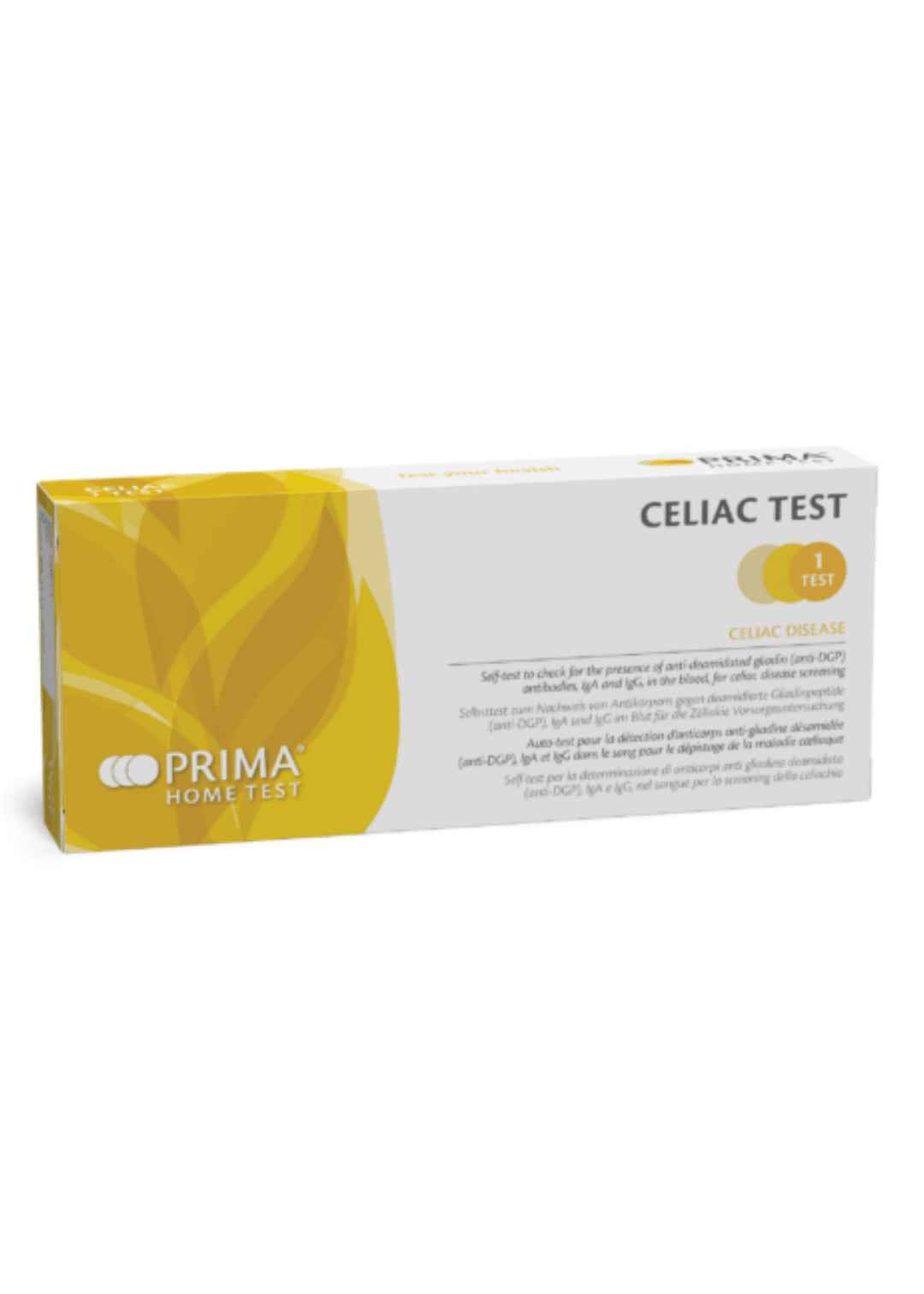
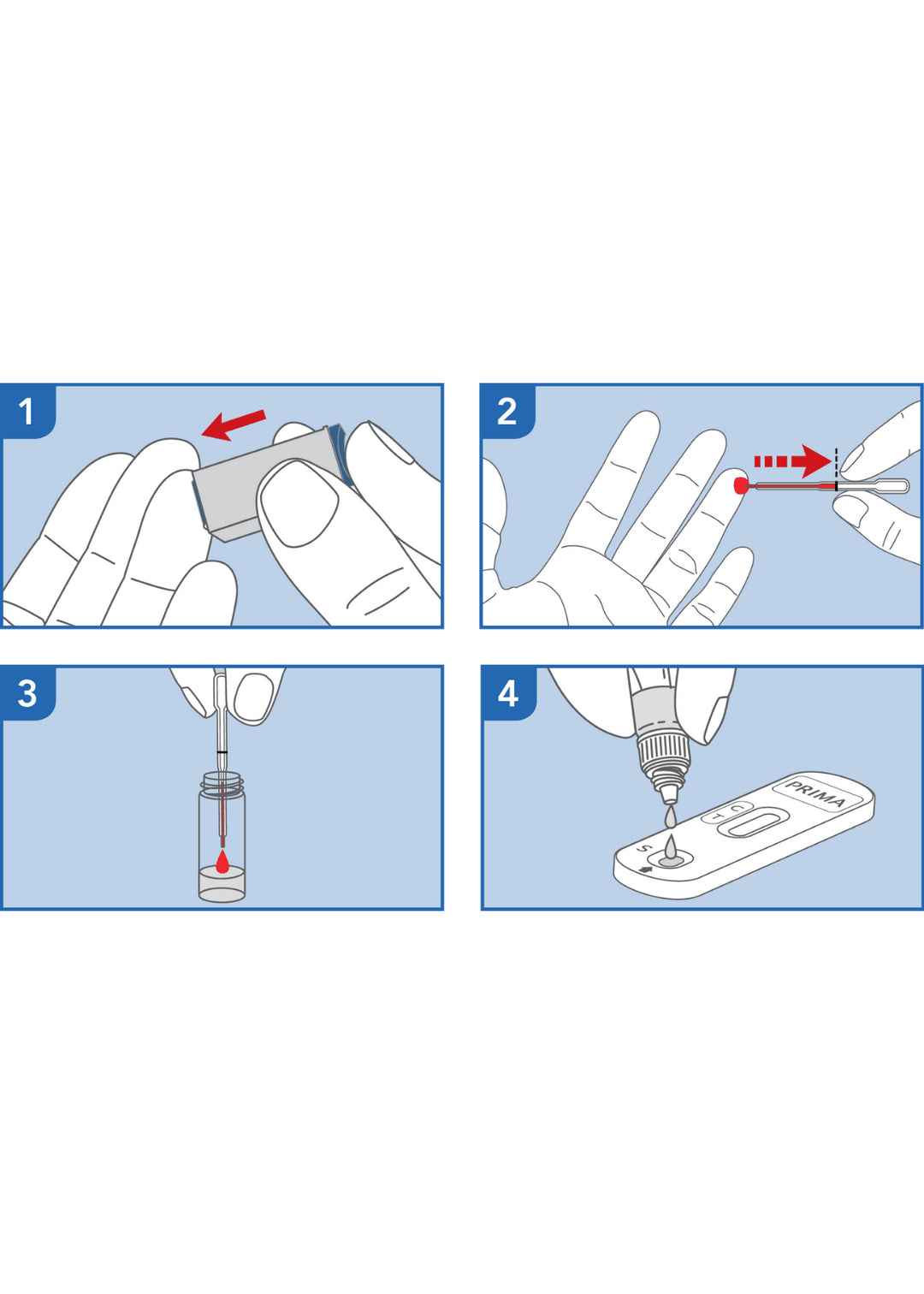
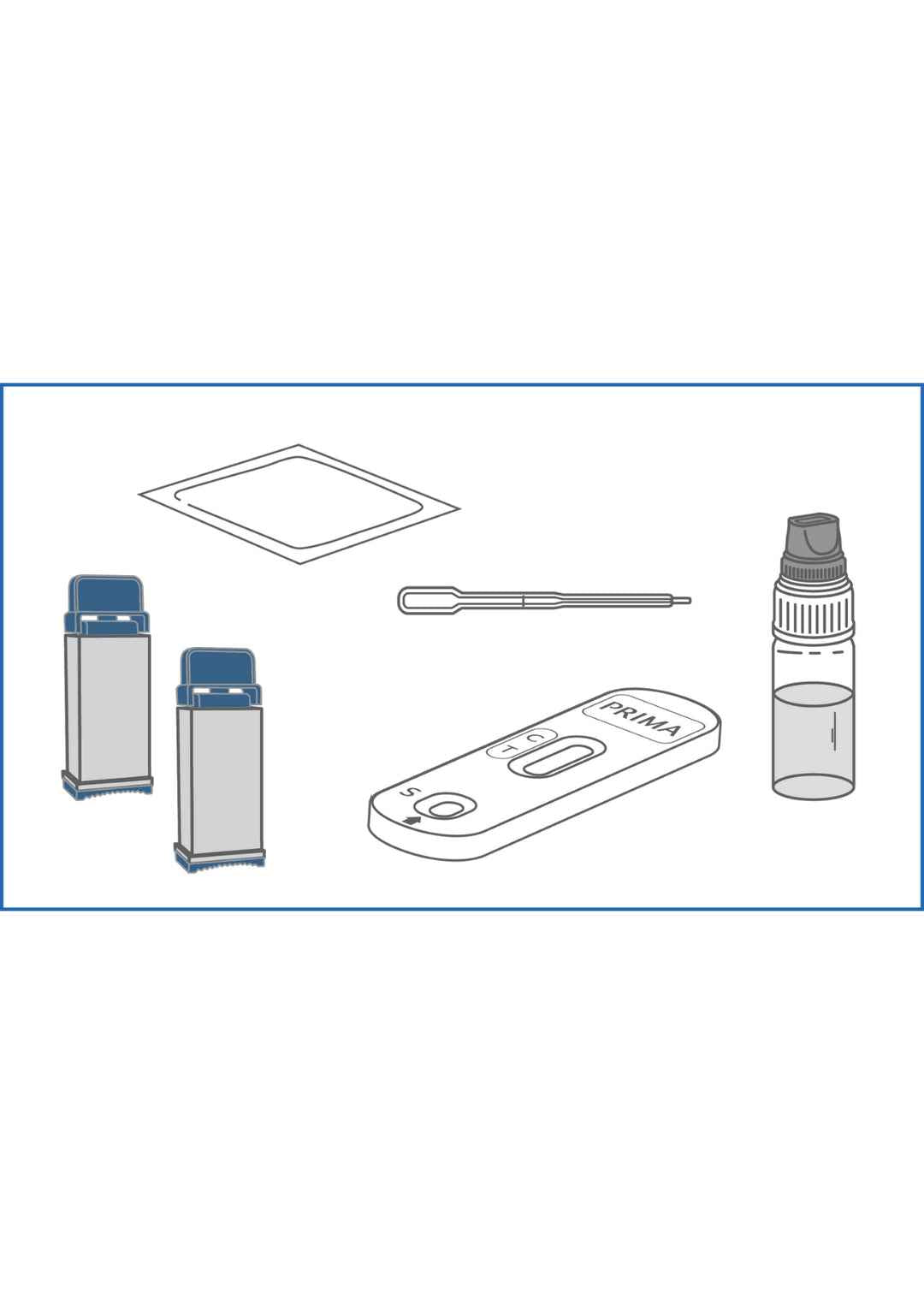
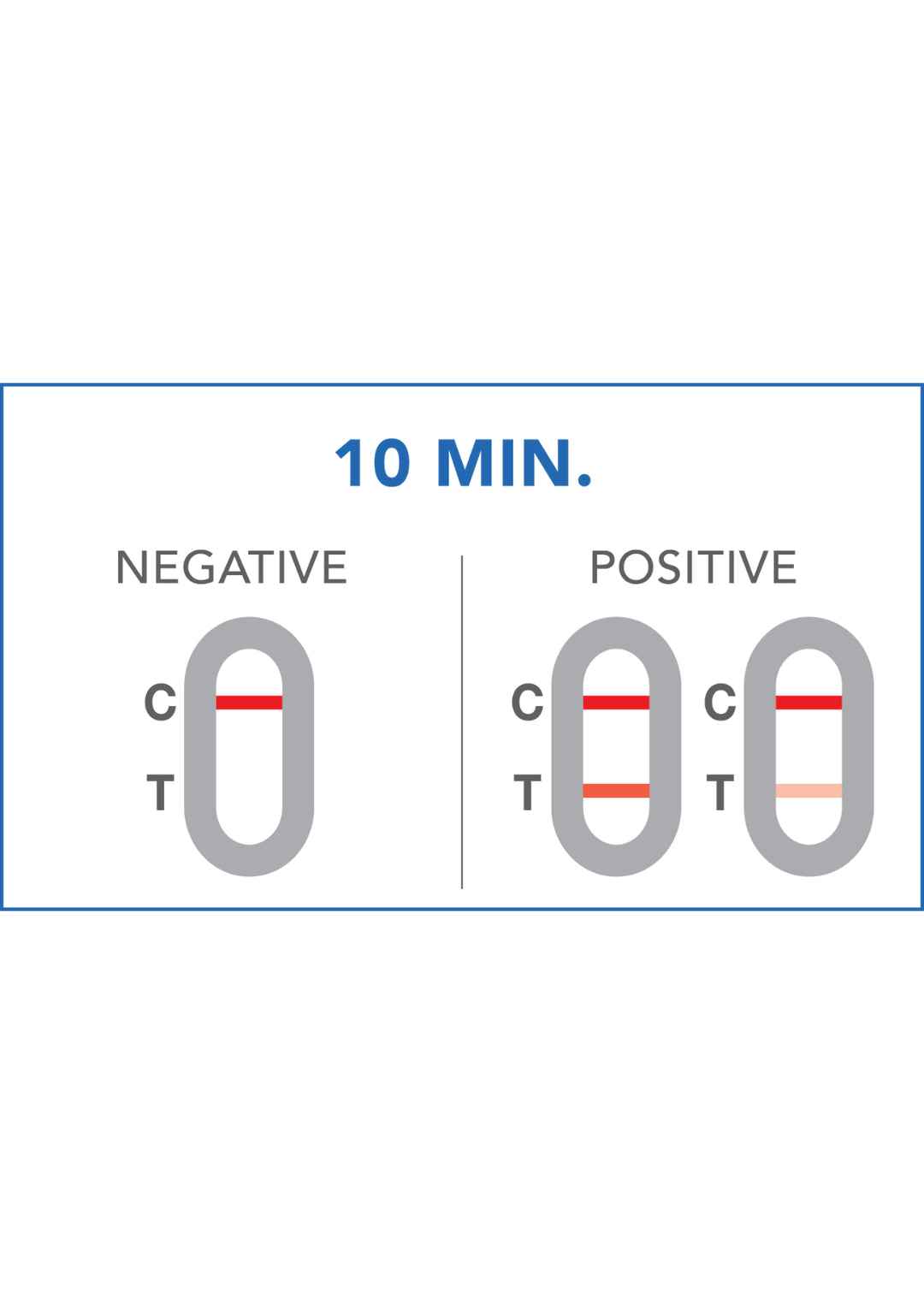
 Jetzt shoppen und in bis zu 30 Tagen bezahlen
Jetzt shoppen und in bis zu 30 Tagen bezahlen
 Klarna ile 30 güne kadar ödeme imkanı*
Klarna ile 30 güne kadar ödeme imkanı*
 Shop now and pay in up to 30 days
Shop now and pay in up to 30 days
 Immer Frisch!
Immer Frisch!
 Lieferzeit 1-5 Arbeitstage!
Lieferzeit 1-5 Arbeitstage!
 Zuverlässige Zahlungsoptionen!
Zuverlässige Zahlungsoptionen!
 Sicherer Versand nach ganz Europa!
Sicherer Versand nach ganz Europa!
 Kostenloser Versand nach Deutschland ab 100 Euro!
Kostenloser Versand nach Deutschland ab 100 Euro!
















